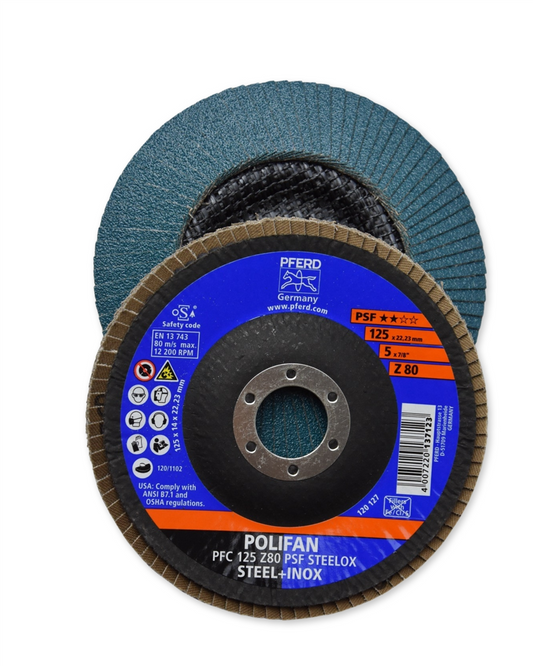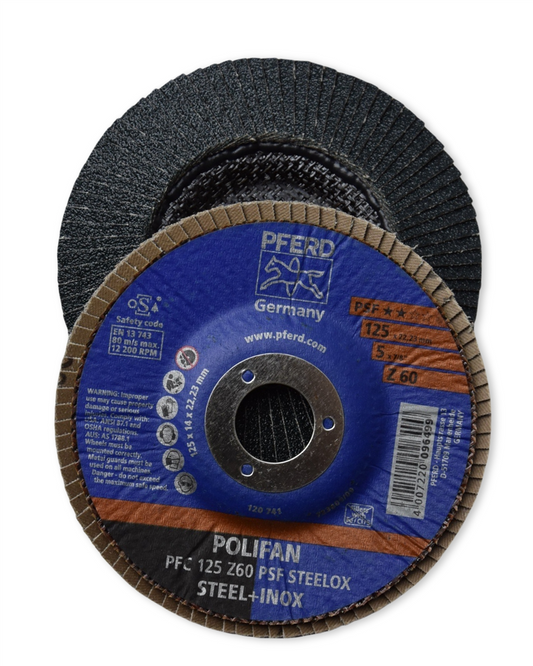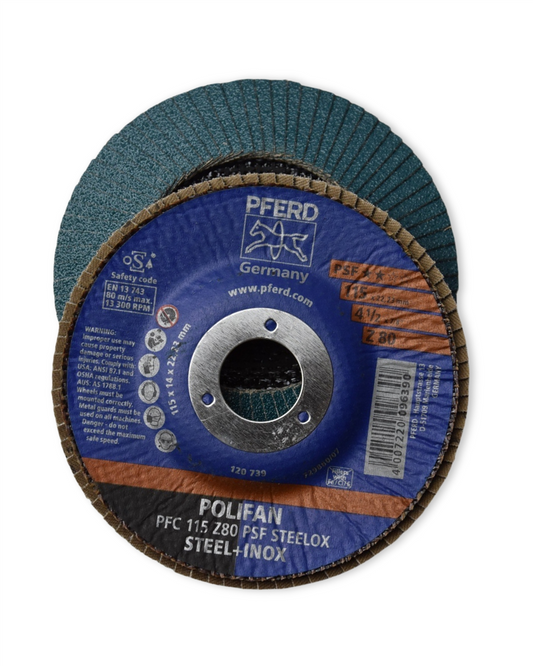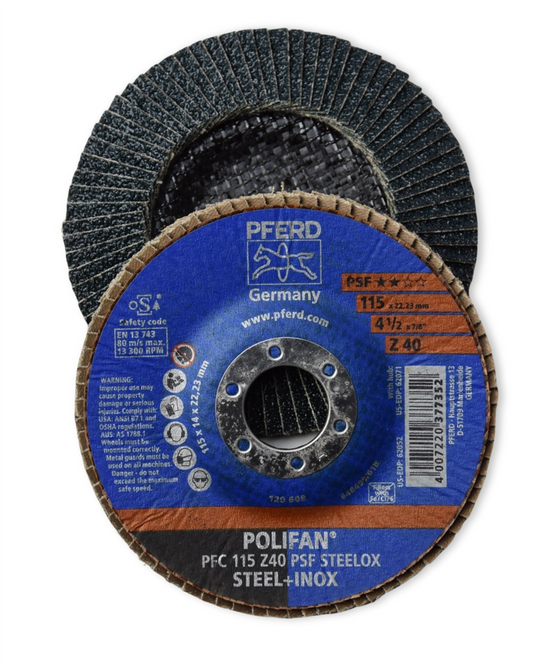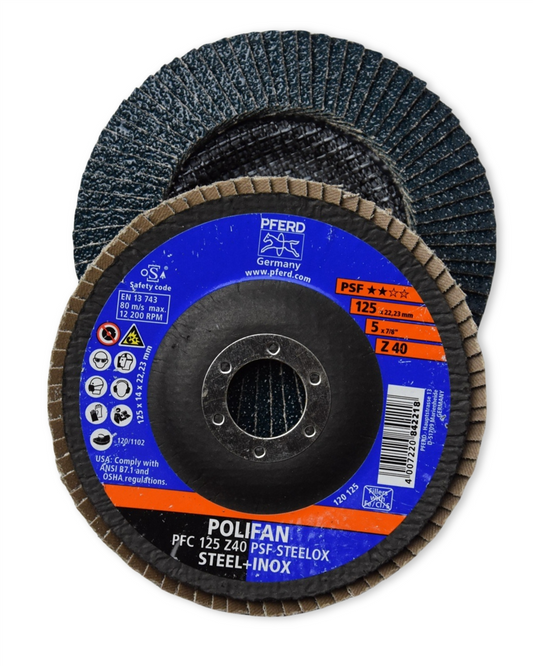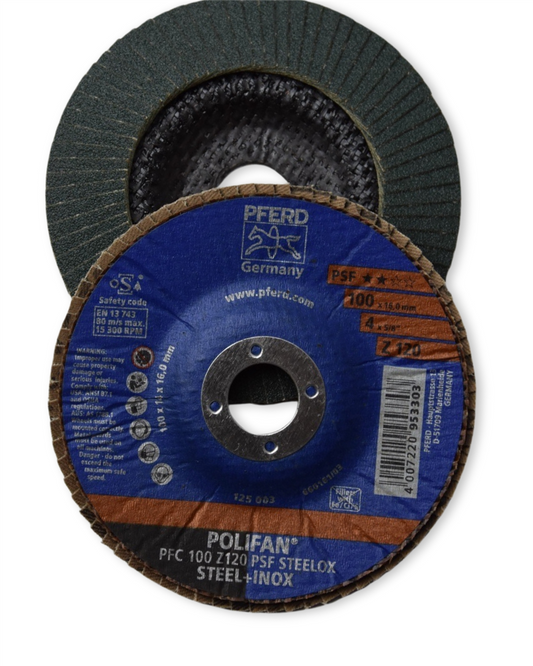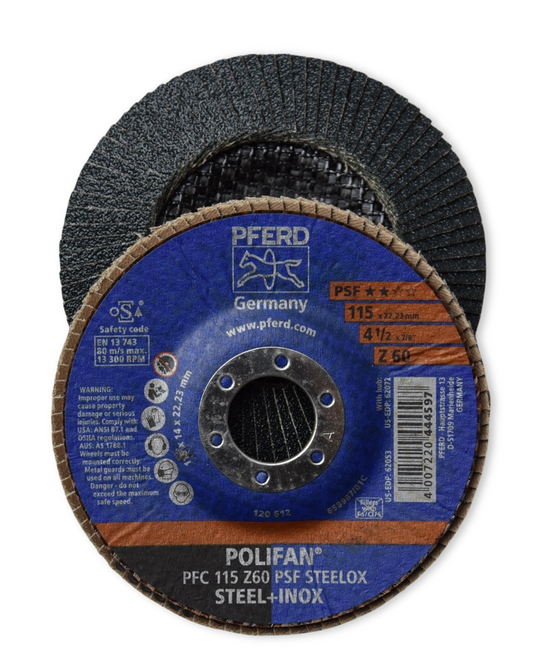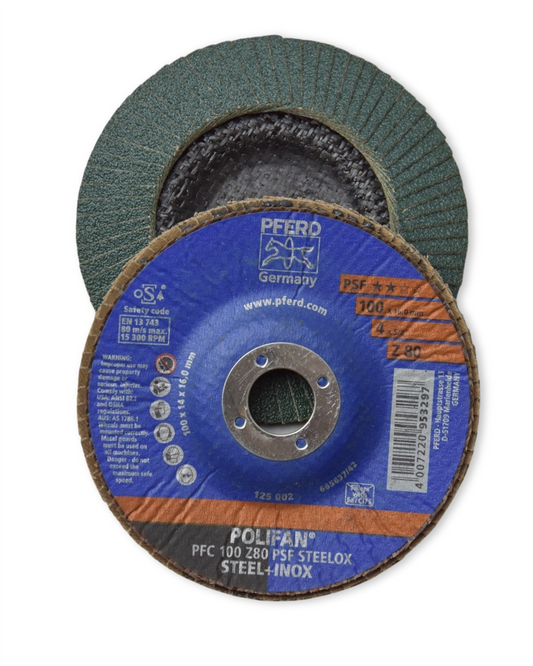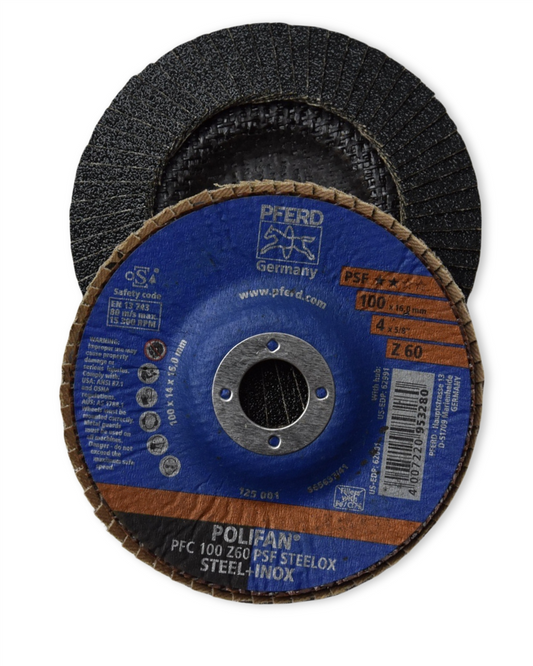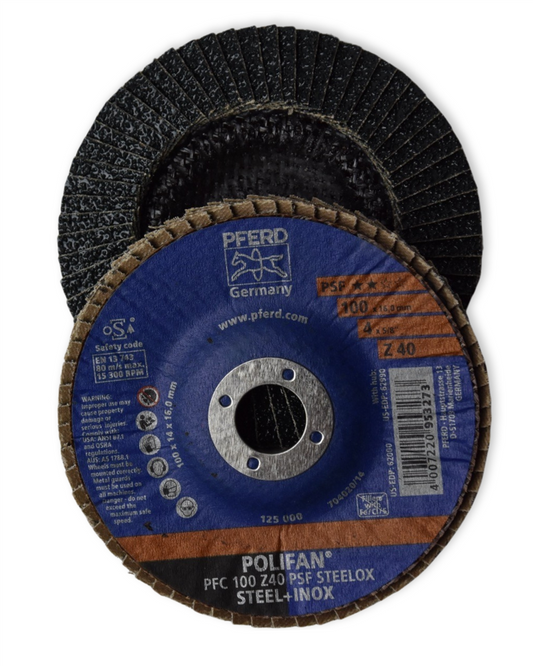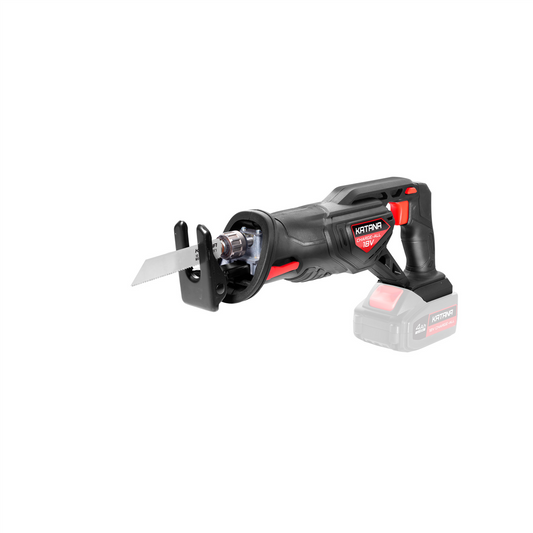How to Pick the Right Type of Wood for DIY Furniture and Repairs
Share
Choosing the Best Wood for Your DIY Furniture and Repairs
Ever stood in the timber aisle, staring at endless rows of wood, wondering which one won’t crack, warp, or cost a small fortune? You’re not alone. Picking the right wood can mean the difference between a stunning, long-lasting project or something that looks great… for about a week. Let’s break it down so you can grab the perfect timber with confidence.
What’s the Project? Choose Wood Accordingly
Not all wood is created equal. The type you need depends on what you're making. Here’s a handy guide:
- Furniture: Solid hardwoods like oak, jarrah, and blackbutt are durable and look stunning. If you're after something budget-friendly, plywood or MDF can do the trick, but don’t expect them to last generations.
- Outdoor Projects: Look for weather-resistant woods like treated pine, spotted gum, or merbau. These can handle the elements without turning into a science experiment.
- Home Repairs: Need to fix cabinets, skirting boards, or shelves? MDF and particleboard are budget-friendly, but if you want something more durable, go for Tasmanian oak or pine.
Understanding Hardwoods vs. Softwoods
You don’t need a degree in forestry to understand the basics. Hardwoods are dense, durable, and stunning but can be pricey. Great for furniture and anything that needs to hold weight. Softwoods, like pine and cedar, are lighter, easier to work with, and cheaper. Perfect for decorative pieces, shelving, and some indoor projects.
DIY on a Budget? Here’s How to Save
If premium timber makes your wallet nervous, don’t worry. There are ways to keep costs down:
- Reclaimed Wood: Old doors, pallets, and furniture can be repurposed into something new.
- Laminated Boards: These mimic the look of real wood but at a fraction of the cost.
- Treated Pine: It’s affordable, versatile, and widely available.
- Shop Locally: Hardware stores with a strong community focus (wink, wink) often have quality timber at fair prices.
Tips for Working with Timber
Once you’ve got your wood, a few extra tips can make or break your project:
- Let it Acclimatise: Wood expands and contracts. Let it sit in your workspace for a few days before cutting.
- Seal it Properly: Whether it's paint, stain, or oil, sealing helps preserve the wood.
- Use the Right Tools: A blunt saw and the wrong screws can ruin a beautiful piece of timber.
Final Thoughts
Choosing the right wood doesn’t have to be overwhelming. Think about your project, budget, and where the piece will live. With the right timber, you’ll have sturdy, beautiful DIY projects that stand the test of time. Now, grab your tools and get building!
Happy DIYing!
Candeece

Stay Connected
Follow our Facebook Page: Strathalbyn H Hardware on Facebook

